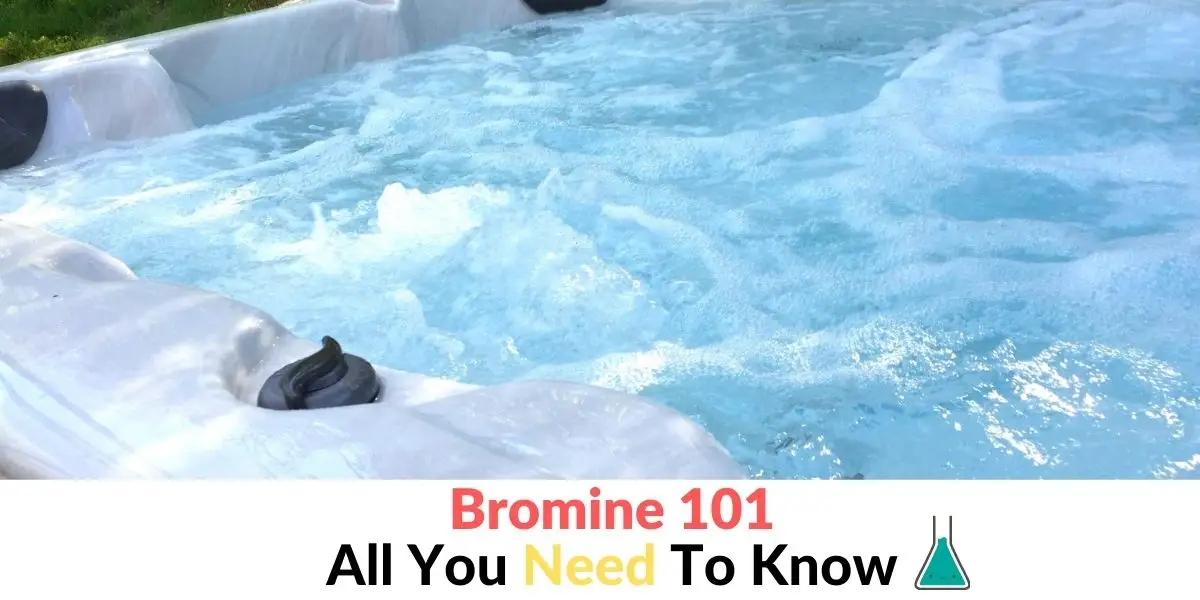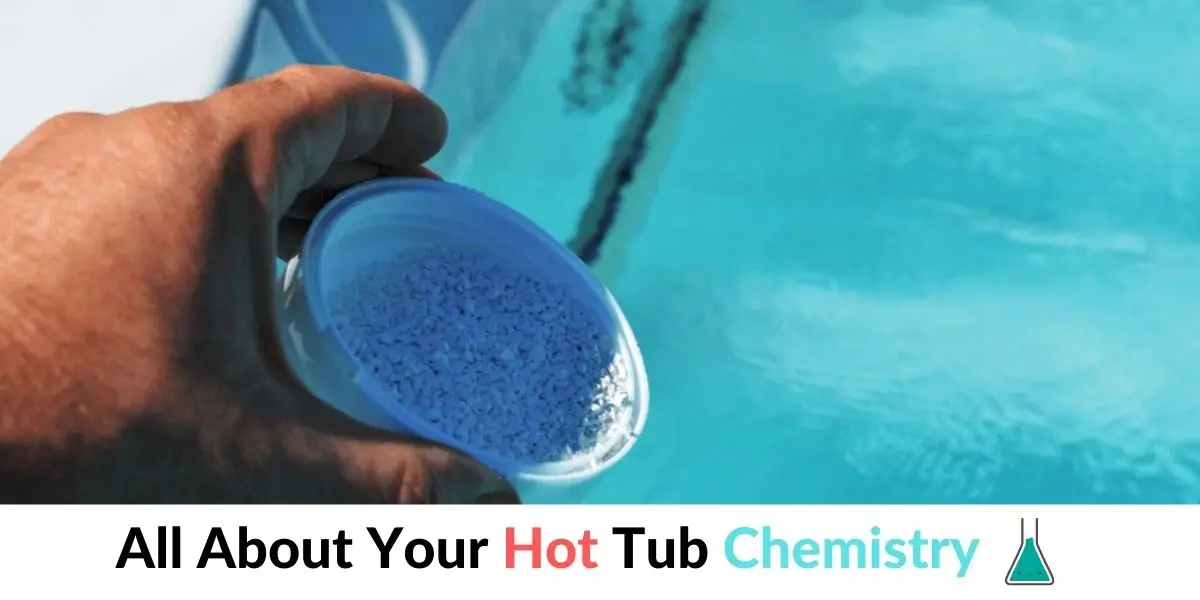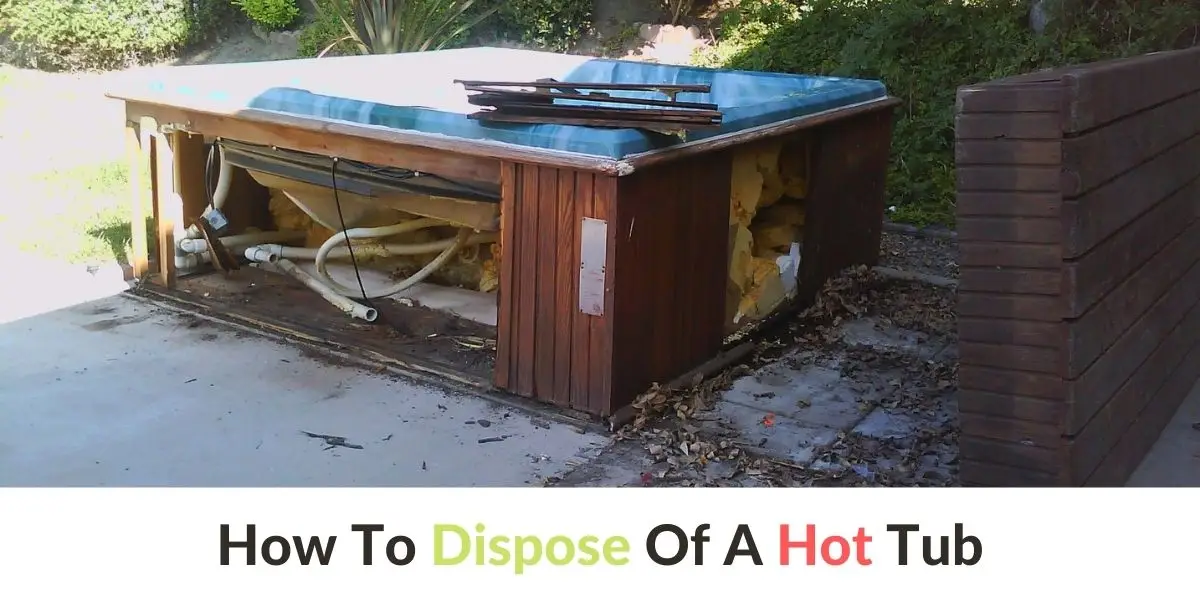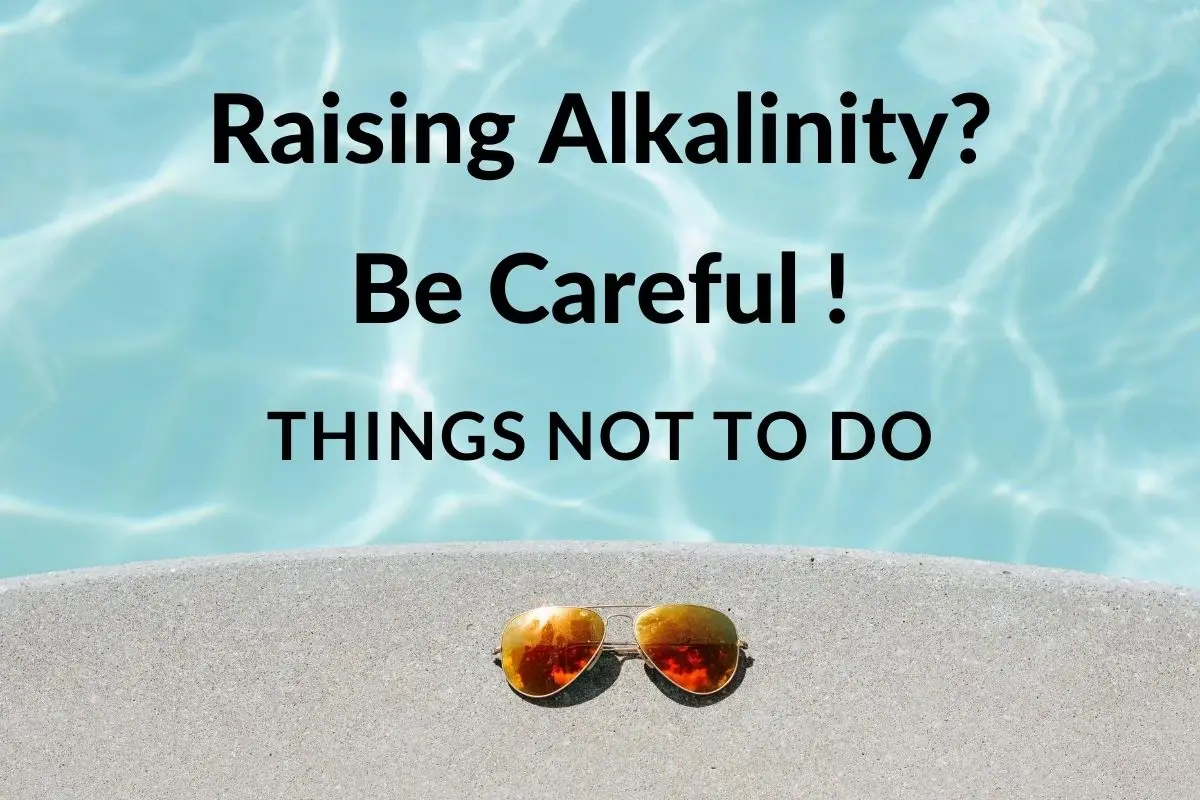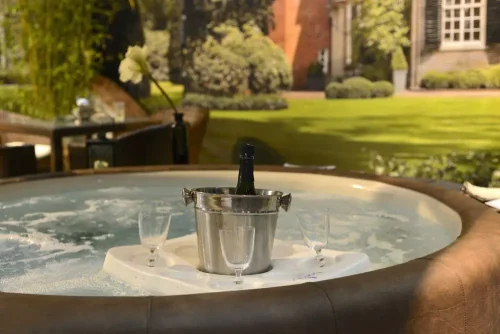Should I Leave My Inflatable Hot Tub On All The Time?
The eternal dilemma of all newer hot tub owners, either inflatable or acrylic, is whether to leave the hot tub on all the time. If we consider the monthly cost of electricity, the only correct answer is yes; you should leave your inflatable hot tub on all the time.
Although inflatable hot tubs might consume a little more energy as they do not retain heat as efficiently as acrylic hot tubs, it is still much more cost-efficient to keep the heater on all the time than to heat the water from scratch each time you want to use the tub. However, if you do not use the hot tub for a while, you can set the temperature at least 5 to 10 degrees Fahrenheit down to preserve the energy consumption.
On the other hand, keeping the inflatable hot tub on will prevent the bacteria from multiplying and the algae growth due to regular filtration cycles. Otherwise, despite chemicals, the water will get dirty and unhealthy due to the lack of movement.
Keeping your water clean and clear is another way to prevent unnecessary expenses because when the water gets dirty, you should usually drain the tub and refill it. But, unfortunately, this process will only increase your water bill.
What Temperature Should I Keep in my Hot Tub When not in Use?
To avoid waiting too long for the water to heat up from the beginning, the best solution would be to keep your hot tub water temperature set at least 5°F down when the hot tub is not in use. Even though it will keep your electricity bills up, it is much cheaper to keep your tub at a constant temperature because reheating it from the start will require more time and consume more energy. For instance, if you own a hot tub with a 5.5 kW heater, it will only take an hour to heat the tub to operating temperature if you decrease it by 5 degrees. On the other hand, to heat the water from room temperature will require several hours to a full day.
Additionally, if you turn the heater off during winter, the hot tub pipes might end up being frozen. Therefore it will significantly damage your plumbing and the hot tub. This situation will even cause higher monetary costs due to unplanned repairs to your hot tub.
With some hot tubs, it is possible to operate in economy mode, during which the heater is started only during filtration cycles.
However, there are other ways to help conserve the energy when the hot tub is not in use such as, using a well-insulated cover to prevent heat evaporation, and improving your hot tub insulation, if not already well insulated.
What Temperature Should I Set in my Hot Tub When on Vacation?
At what temperature you should leave your hot tub while you are on vacation entirely depends on how long you will be away. If it is only for a few days, it is best to set the temperature 5°F lower than usual. However, if you plan to be absent for a couple of weeks or a month, the most suitable option would be to lower the temperature by 10 to 20°F.
Lowering the temperature by 10 to 20 degrees will reduce electricity consumption while colder water simultaneously prolongs the effectiveness of sanitizers such as chlorine, thus slowing down the potential growth of bacteria.
Moreover, some hot tubs come with the option of setting the tub to “away” or “sleep” mode, limiting the heating process only during filtration cycles.
Should I Leave my Lazy Spa Hot Tub on All the Time?
If you tend to use your Lay-Z Spa hot tub regularly, three or more times per week, then it would be best to leave the tub on all the time. Switching your hot tub on and off when using or not using the tub will make your electricity bills higher than when you keep the heater on all the time. Moreover, Lay-Z Spa hot tubs are believed to be the most energy-efficient inflatable hot tubs that heat the water faster and use less energy to maintain the set temperature.
In addition, keeping your Lay-Z Spa on all the time will prevent the water from going stale. When you turn off the Lay-Z Spa, it will prevent the sanitizers from working efficiently because the pumps will not circulate the water, which helps distribute the chlorine or bromine evenly throughout the tub. Therefore your hot tub water will not be adequately filtrated and disinfected but rather unclean and unhygienic.
However, if you do not use your tub for a prolonged period, it would be best to lower the temperature by 5 to 20 degrees, depending on how long you do not use it, to save energy consumption. There is no need to heat the spa fully if nobody uses it, but you can increase the temperature sometime before soaking in.
What is the Most Efficient Way to Run a Hot Tub?
The primary concern of every hot tub owner is to improve their hot tub running efficiency primarily by preserving energy. However, to make your hot tub cost-effective and pleasurable at the same time, you need to practice a particular routine to keep your monthly costs down to a minimum. In this regard, using an insulated cover, regularly maintaining, making other adjustments to your hot tub, or regulating your habits will consequently reduce the running costs of the hot tub.
First of all, consider turning down the temperature a few degrees if you are not planning on using a hot tub for a while. This should reduce your electricity bill by 10% for each degree by how much you lower the temperature. My best advice is never to turn off the hot tub if you have not used it for a longer time because heating the tub from point zero is not only time consuming but also drains more energy, and thus more money, than to keep it at the desired temperature at all times.
Moreover, having the tub switched off will disable water filtration and chemicals circulation, leading to stagnant, unsanitary water. A hot tub with affected water will need draining, cleaning, and refilling, which directly affects the hot tub operating cost.
From my experience, the crucial factor in retaining the heat inside the hot tub is using a well-insulated cover because nearly 60% of heat evaporates through the hot tub surface. A good quality cover usually costs a fair amount of money, but if maintained properly, it should last a couple of years to reimburse the money invested eventually.
Additionally, adding full foam insulation in the cabinet will affect the energy efficiency of your hot tub, but be sure to enable access to the hot tub parts for maintenance and proper airflow for your pumps to operate safely and efficiently. Generally, the better the insulation, the more energy- and cost-effective the hot tub will be.
One should not disregard the importance of keeping your hot tub maintained regularly. A dirty and clogged filter prevents the proper water flow making the pump work harder and longer to keep the water clean and evenly heated. Therefore, having filters cleaned after each use will reduce running costs and prolong their life, thus saving more money from buying new ones.
It would also be wise to set your heating and filtration cycles to run during off-peak hours. Operating the hot tub during off-peak hours and the above practices should keep the hot tub running costs somewhere between 30£ and 40£ a month.
Are Inflatable Hot Tubs Expensive to Run in the UK?
According to Amazon customer reviews, inflatable hot tubs cost approximately 100£ or more to run, which is more than what Lay-Z Spa claims to cost. The most energy-efficient hot tubs should cost between 7£ and 10 £ per week, which is somewhere between 30£ and 40£ per month. Moreover, customers claim that even though inflatable hot tubs are way more affordable, they cost a fortune to run.
However, being expensive or not to run considerably depends on several factors because every household is different. Therefore, how often you use a hot tub, the ambient temperature, the size of the hot tub, how well insulated your cover is, and your energy supplier are all the factors that can either increase or decrease the hot tub running costs.





